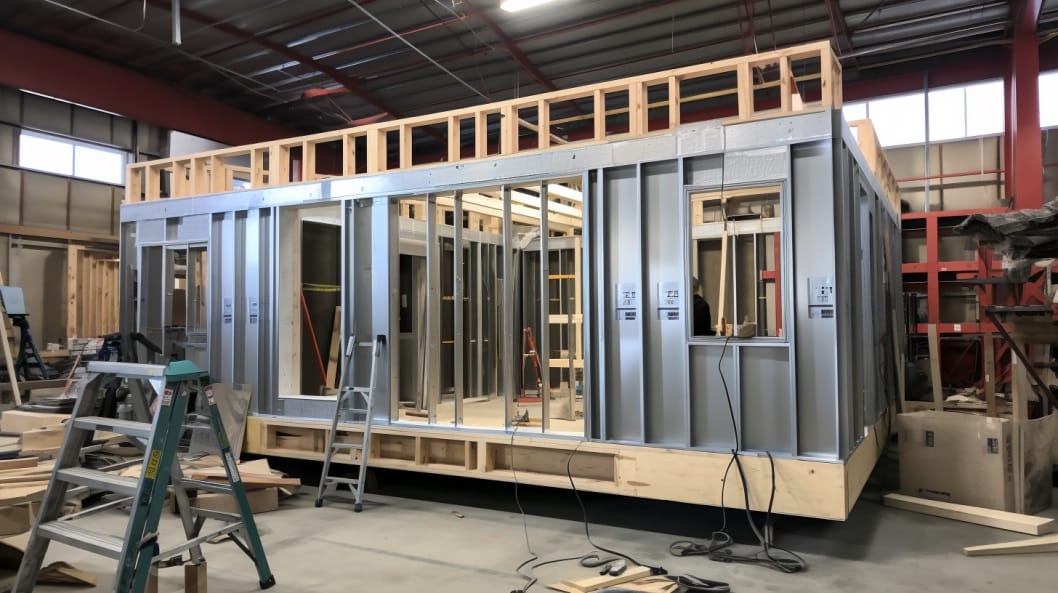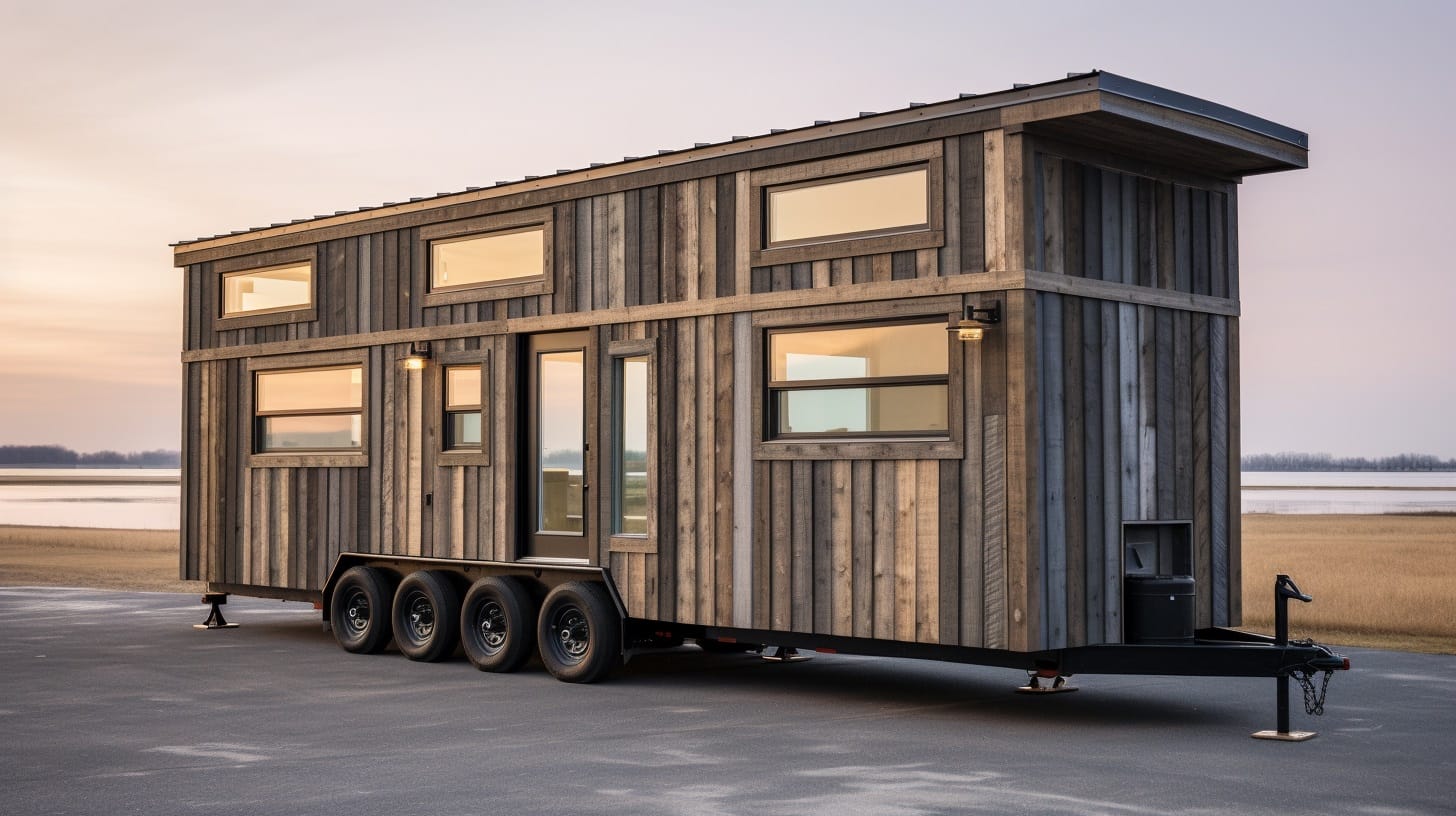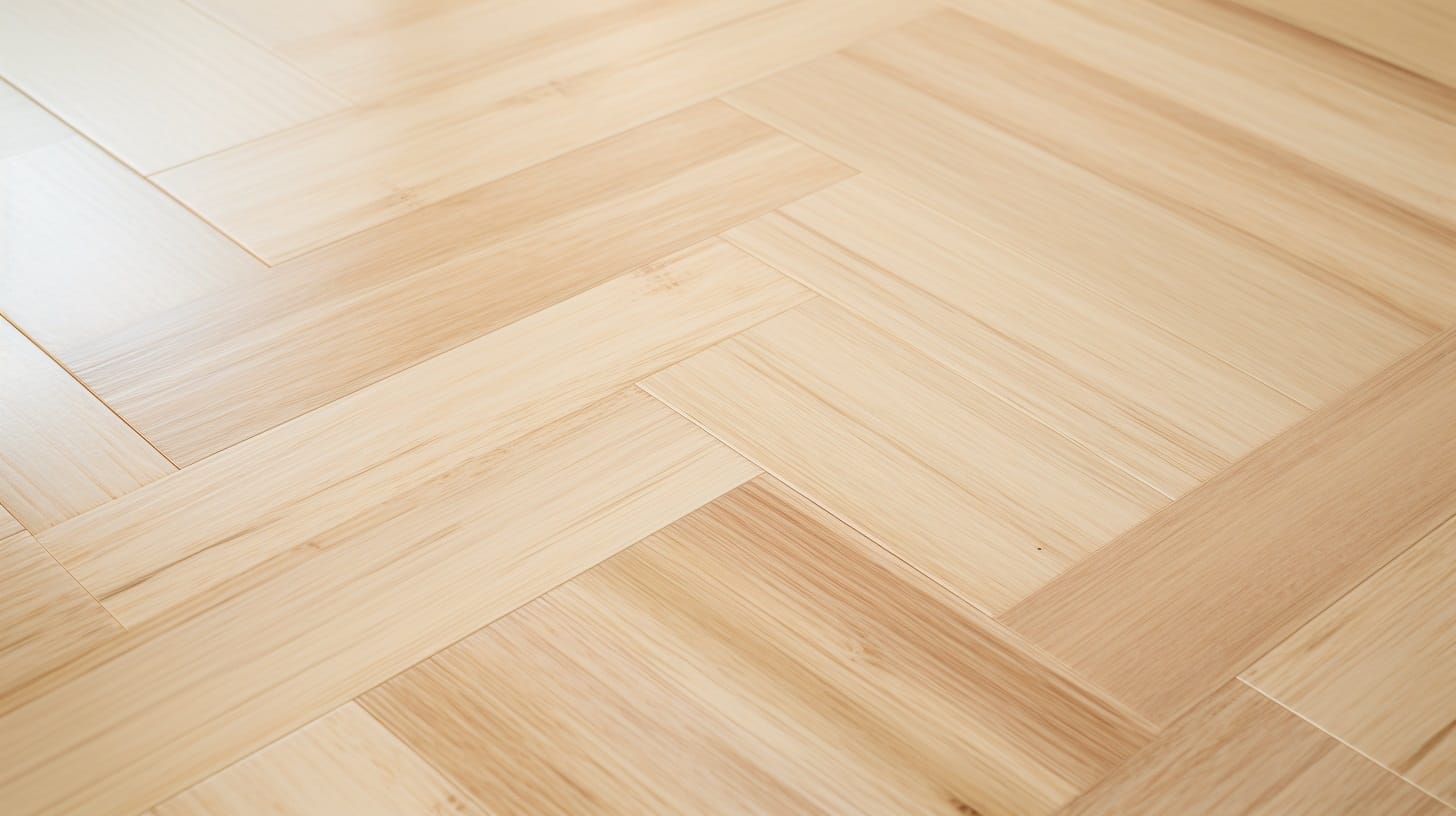The tiny house movement is all about sustainable living in a small space. An important way tiny house builders can reduce their environmental impact is through mindful material selection. Choosing eco-friendly construction materials is key for green tiny house building.
In this comprehensive guide, we’ll thoroughly explore the top eco-friendly and sustainable materials to consider for your tiny home build. From framing to insulation to flooring and more, we’ll cover the best options that are durable, high-performing, and gentler on the planet. Let’s go green with these planet-friendly picks!
Why Building Green Matters
Constructing a home using sustainable materials allows you to reduce your structure’s carbon footprint from the ground up. Typical building materials require substantial energy, water, and resource extraction during manufacturing. They also often off-gas toxic chemicals like VOCs after installation.
By opting for recycled, responsibly sourced materials that don’t leach harmful pollutants, you minimize ecological harm. Your tiny abode can provide healthy, non-toxic shelter with a lighter environmental impact.
Green building also makes economic sense long-term. Though sustainable materials can cost more upfront, the investment pays dividends through energy savings, better indoor air quality, and avoiding expensive remediation down the road. Go green and breathe easy!

Tiny house wrapped in gorgeous reclaimed wood siding.
“We love our reclaimed wood siding. It gives our tiny home warmth and character we just couldn’t achieve with new materials.” – Lucas, tiny house owner
1. Recycled Steel Framing
Framing provides the structural skeleton of any tiny house. An eco-friendly alternative to standard wood framing is recycled steel studs. Benefits include:
- Manufactured from recycled content like scrap metal and plastics (86% recycled on average)
- Avoids deforestation impacts of conventional wood framing
- Won’t warp, crack, twist, or mold over time like wood framing
- Resists termites and other pests without chemical treatments
- Does not off-gas VOCs, formaldehyde or other harmful fumes
- Is non-combustible for added fire safety and reduced smoke toxicity
- Can be repeatedly re-used or recycled at end of lifespan
Top products like EcoStud and Recycled Stud offer sturdy recycled steel framing options. The higher initial cost is balanced by longevity, performance, and sustainability benefits.

Recycled steel framing used in an eco-friendly tiny house.
2. Reclaimed Wood Siding
For green exterior siding, reclaimed wood is an excellent choice. Advantages include:
- Repurposes salvaged wood that would otherwise be discarded
- Has unique patinas, knots, and imperfections that add character
- Does not require harvesting additional new trees
- Is often cheaper than buying new sustainably-harvested wood
- Tends to be denser and more durable than newly milled lumber
- Avoids the high carbon emissions of concrete, vinyl, or new lumber
Search for reclaimed wood suppliers specializing in tiny house siding. Opt for locally-sourced materials when possible to reduce transport impacts. Let your tiny home tell the story of its wood’s past life!

Tiny house with weathered reclaimed wood siding
3. Natural Cork Insulation
Cork insulation is a great eco-friendly option for tiny homes:
- Made from renewable harvested cork bark – a rapidly replenishable resource
- Manufacturing process uses less energy than standard fiberglass production
- Does not contain VOCs, formaldehyde or other harmful chemical fumes
- Provides effective thermal and sound insulation for energy efficiency
- Naturally fire and moisture resistant without chemical additives
- Easy to install using standard insulation methods
While pricier than fiberglass, cork’s health and sustainability benefits outweigh the costs over the long haul.
4. Eco Flooring: Bamboo
For sustainable flooring, bamboo is an excellent option:
- Rapidly renewable and eco-friendly when sourced responsibly
- Provides a durable, beautiful wood-like look but is more sustainable
- Requires far fewer trees than traditional hardwood flooring
- Naturally antimicrobial and moisture-resistant
- Can be repeatedly refinished versus replaced when worn
- Durable enough for heavy use and available in various plank styles
Investing in durable bamboo floors is kinder to your feet and the planet. This rapidly renewable material aligns with eco-values.

Bamboo flooring offers a sustainable wood floor alternative.
5. Solar PV System
To achieve true off-grid sustainability, installing rooftop solar PV is a must. Benefits include:
- Generating your own green electricity from free, abundant sunshine
- Silent, low-maintenance operation with 25+ year lifespan
- Improved efficiency and affordability of solar technology
- Ability to store excess power in batteries for off-grid use
- Visually elegant panels that blend into your tiny house’s design
With solar power, you can dramatically cut utility bills by 75% or more. Renewable solar energy allows treading lighter on the planet.
More Eco-Friendly Materials to Explore
While this guide focused on five great sustainable building materials, there are even more green options to consider:
Natural Linoleum Flooring: Made from renewable ingredients like linseed oil. Durable, biodegradable and attractive.
Rammed Earth: Uses compressed on-site subsoil for natural thermal mass walls. Low embodied energy.
Hempcrete: A renewable hemp and lime lightweight concrete alternative. Naturally insulating and breathable.
Mycelium (Mushroom) Insulation: Made from agricultural waste bonded with mushroom mycelium. Compostable.
Straw Bale Construction: Stacked straw bales plastered into insulating walls. Affordable, abundant agricultural waste material.
Ferrock: A engineered pressed composite using recycled steel dust and concrete. Replaces traditional concrete.
Timbercrete: Mix of wood chips and concrete that forms solid blocks. Uses waste wood product and stores carbon.
Recycled Glass Countertops: Durable and attractive counters made from post-consumer glass. Stain and heat resistant.
Natural Plasters: Clay, lime, tadelakt plasters are non-toxic finishes. Can utilize on-site subsoils.
Mass Timber Products: Structural panels made from small timber pieces laminated into solid slabs. Fast growing material.
The options for green materials are constantly expanding as eco-innovation continues. Do thorough research to make the most planet-friendly material choices.
How Building Green Benefits Your Tiny Home
Beyond reducing environmental impact, green materials provide additional benefits:
Energy Efficiency – Insulating with cork or denim reduces heat transfer, lowering heating and cooling energy needs by 25-50%.
Cost Savings – Energy and water efficient fixtures cut utility bills over time. Solar PV also generates free off-grid electricity.
Improved Air Quality – Low/no VOC materials prevent indoor air pollution and respiratory risks.
Peace of Mind – Non-toxic materials reduce health risks like cancers or allergies.
Durability – Many eco options like reclaimed wood perform as well or better than new.
Aesthetic Appeal – Unique finishes like reclaimed boards add rustic character and charm.
Building green improves home performance while aligning with eco-values. It’s a win-win for you and the planet.
Sourcing Sustainable Tiny House Building Materials
Finding eco-friendly construction materials does require some digging. Here are good resources:
- Specialty green tiny house builders and resellers
- Online marketplaces like Craigslist and eBay
- Salvage warehouses and demolition companies
- Local reuse stores like Habitat for Humanity ReStores
Also look for FSC certified, locally harvested lumber and consider DIY options like adobe, cob or rammed earth. Building green often means sourcing creatively and locally.
For guidance on constructing an eco-friendly tiny home, see our sustainable building guide.
Start Building an Eco-Friendly Tiny Home
I hope this overview gets you excited to integrate sustainable materials into your next tiny build. Keep performance needs firmly in mind too when selecting finishes and fixtures.
Building green does require more research and investment upfront. But the benefits for your health, home, and the planet make it worthwhile. Tiny living allows us to tread lighter – let’s build on that momentum through conscientious material selection.
The most impactful materials to prioritize may be recycled steel framing, reclaimed wood siding, cork insulation, bamboo floors, and solar PV systems. Investing in these core green elements will help minimize the eco-footprint of your tiny abode.
What eco-friendly materials are you considering for your tiny house project? Share your ideas below! Let’s keep exchanging sustainable building wisdom to protect the planet we call home.
Frequently Asked Green Building Questions
If you’re new to sustainable construction, you likely have many questions around sourcing and using eco-friendly materials. Here are some common FAQs:
How much more expensive are green building materials compared to conventional options?
Prices vary widely, but expect to pay 10-30% more for most eco options. Some specialty materials can be pricier. View it as an investment in your home’s performance.
Where can I source reclaimed, recycled and eco materials for my tiny build?
Online resellers, salvage warehouses, Craigslist/Kijiji ads, demolition companies, and some specialty tiny house builders are great sources.
How can I tell if lumber is sustainably harvested?
Look for FSC and SFI certification labels indicating responsible forestry practices were used. Also ask suppliers about their sourcing.
Are green materials more difficult to install than conventional ones?
Most follow the same installation techniques, though some like straw bale have learning curves. Carefully follow manufacturer instructions.
Do sustainable building materials compromise on performance or longevity?
In most cases no – when properly installed eco options like reclaimed wood and cork perform as well or better than less sustainable counterparts.
Let me know if you have any other green building questions! I’m happy to provide more details on this eco-friendly approach to tiny house construction.
